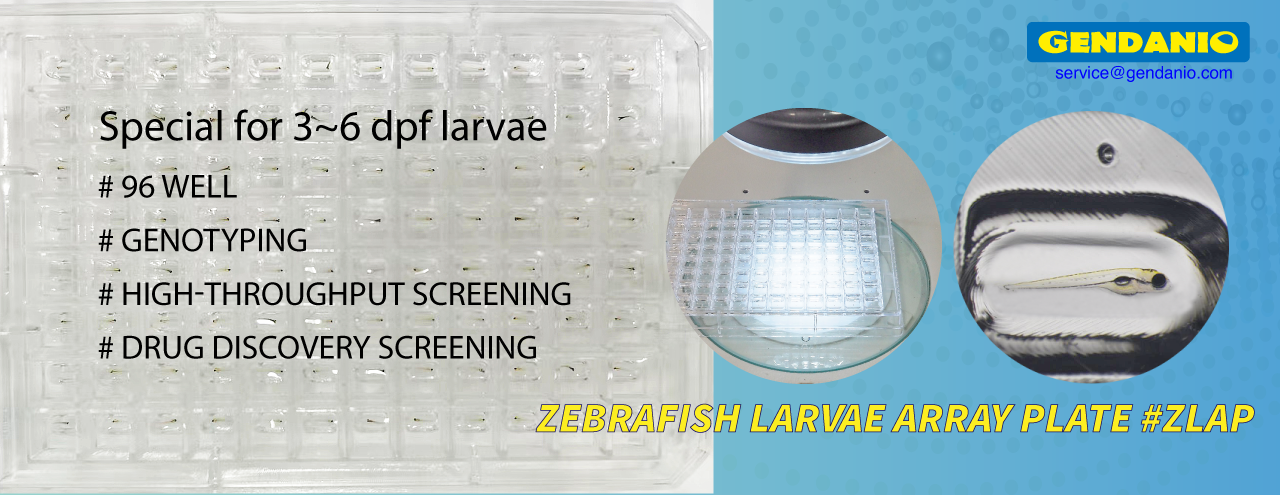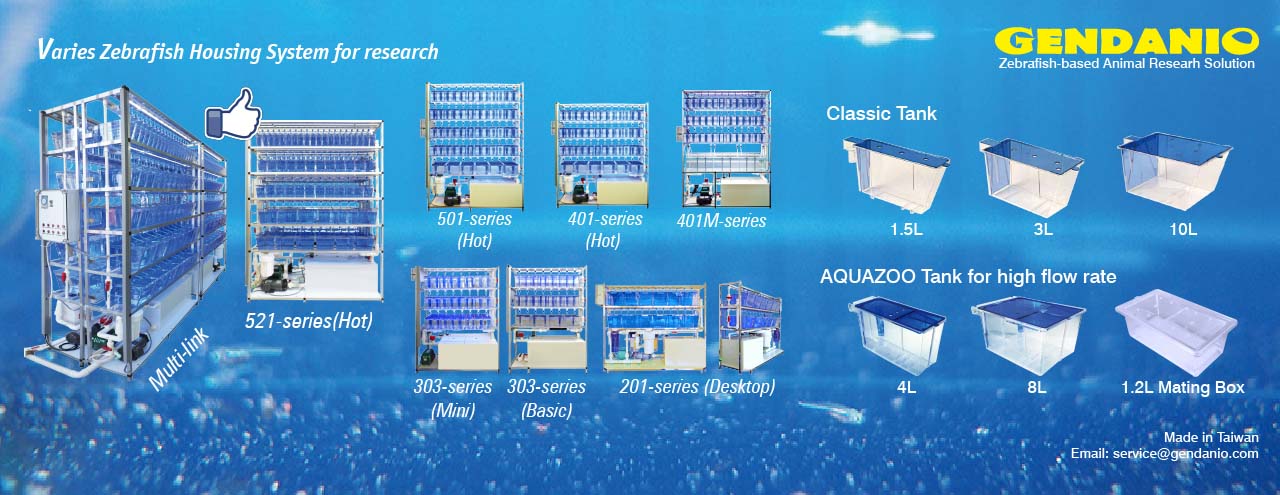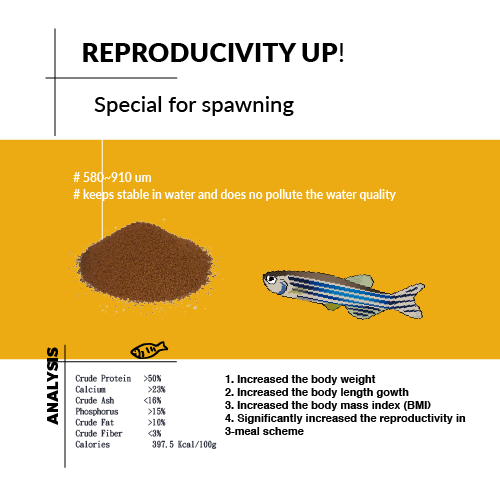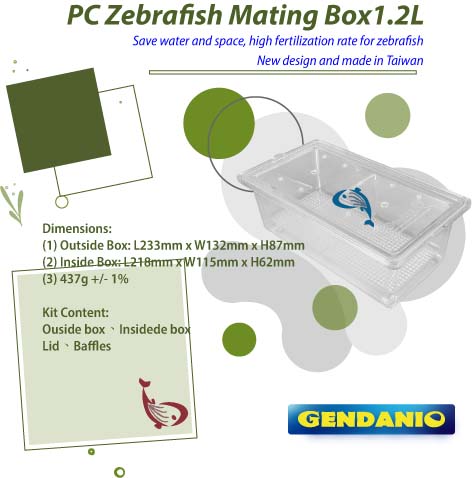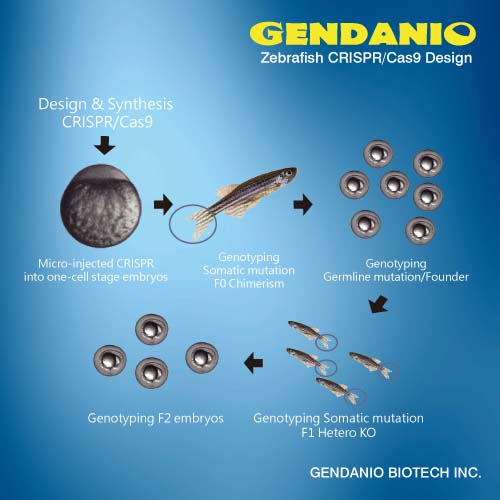Students in Rochester, Minnesota, are studying zebrafish as part of Integrated Science Education Outreach (InSciEd Out). The program has brought teachers from all disciplines together to create a new curriculum that allows “the language of science to emerge in multiple contexts throughout the [school] day,” explains InSciEd Out’s coordinator, Chris Pierret. InSciEd Out’s success has brought it national attention and praise from President Obama, as you’ll read in this NSTA Reports story.
NSTA Reports
Spreading Science Across the Disciplines
9/27/2011 - NSTA Reports—Debra Shapiro

Students in Rochester, Minnesota, studied zebrafish during a summer externship program at the Mayo Clinic as part of InSciEd Out, a program that brings together researchers, university faculty and preservice teachers, and K–8 teachers to create curriculum that integrates science across a range of subjects. (Elizabeth Zimmermann, Mayo Clinic Public Affairs)
Eager to raise science proficiency in Rochester, Minnesota’s public schools, a group of school administrators partnered with the Mayo Clinic, Winona State University (WSU), and other community members to form Integrated Science Education Outreach, a program that has brought teachers from all disciplines together to create a new curriculum that integrates science across disciplines. The program’s acronym, InSciEd Out, describes the partners’ goal of turning traditional science education inside out.
The InSciEd Out partners initially wanted to bring science teachers to the Mayo Clinic to conduct authentic science research and learn about current pedagogical methods. But according to Chris Pierret, assistant professor of biochemistry and molecular biology at the Mayo Clinic and InSciEd Out coordinator, the team began to ask, “What if we brought in more than just the science teacher [to achieve change]?” The partners realized in many current science education reform efforts in which only one science teacher or a few science teachers are trained in a new innovation, the innovation doesn’t last long, he explains.
In addition, the team believes science is not a lone subject but “is a context for learning,” says Pierret. “We didn’t need to add three hours of science to a [school] day” to enrich the science curriculum; instead, InSciEd allows “the language of science to emerge in multiple contexts throughout the day.”
Studying the Zebrafish
With $80,000 from a National Institutes of Health stimulus grant, InSciEd Out brought 19 teachers from Lincoln K–8 Choice School to the Mayo Clinic for a month-long summer internship in 2009. Lincoln science teacher Corey Dornack and his colleagues worked with researchers to study zebrafish, which are known for their biological similarity to humans. Dornack says the experience educated him about “how scientists work together and how they keep improving their work” through the constructive criticism of peer review.
“Science is a team sport,” he remarks. “I’m able to convey to my students what it’s like to be a scientist…I’m able to model [the work of scientists] because I understand what happens in the scientific process, to give [students] a more authentic experience.” He continues, “Kids really need to be working in groups because that’s how science is done.”
While he admits the lab experience can be “a challenge for some [teachers] from the other subjects,” eventually they “realize science is everywhere—it’s exciting to see.”
During their internship, the Lincoln teachers worked with the researchers and WSU faculty to create curriculum modules based on zebrafish and covering such topics as genetics and biological development, integrated with language arts, math, social studies, art, music, physical education, and other subjects. “Ideally we’d like all subject areas represented,” says Dornack.
The modules, which were tested with K–8 students later that summer, “included the ability for students to ask their own questions and do active inquiry,” notes Pierret.
The Lincoln teachers implemented the modules during the 2009–2010 school year. “We really had a big culture shift. Teachers were really able to use what they learned,” reports Dornack. “For me, as a teacher, it has revitalized me…I push myself more to keep finding challenges to engage [students].”
He points out that preservice teachers from WSU, who have received training in using the modules, work with the teachers to implement them. “If I have eight [student] groups [in one class], it really makes the lessons go smoothly [to have help from a preservice teacher], and it gives the preservice teachers great experience,” he explains.
Lincoln students also benefitted. Not only did standardized tests show their science proficiency improved, but their science fair participation increased. And the number of eighth graders choosing to study honors science in high school rose from less than 40% to more than 80%, according to Pierret.
“The biggest thing I see students start to realize is that a scientist is ‘not some geeky person that I could never be,’” says Dornack. “They start to see themselves as scientists…Usually at least half the class want to be scientists.”
InSciEd Out also has “created a safety net for students to explore what they found most comfortable” and has inspired students to “extend science beyond the module,” in activities like creating and performing a play about zebrafish or forming a band that sings about zebrafish, notes Pierret.
Sharing Success
In 2010 and 2011, teachers from two other schools—Franklin Elementary School and Kellogg Middle School—studied zebrafish during summer internships at the Mayo Clinic, where they were mentored by Dornack and other Lincoln teachers, researchers, and graduate students. They produced new modules, including one that models the Gulf oil spill, and tested them with hundreds of summer school students. Pierret points out that to date, 130 teachers have partnered with InSciEd Out, and the program has reached 2,000 students.
After InSciEd Out’s successful first year, Pierret says the leadership team explored possibilities for sharing about the program in the science community. In February 2011, eight Lincoln students traveled with Dornack and Lincoln staff and Pierret and researchers from the Mayo Clinic and WSU to Washington, D.C., to present seven InSciEd Out posters at an American Association for the Advancement of Science conference. While in Washington, the group also toured the White House and was surprised with a personal visit from President Obama, who thanked the teachers and praised the students for their work.
Since then, Dornack has taken students to other zebrafish conferences to present their work to scientists.
InSciEd Out received more accolades in May 2011 when Dornack was honored as a national finalist in NSTA’s Shell Science Lab Challenge, a competition to encourage teachers of grades 6–12 who have found innovative ways to deliver quality lab experiences with limited school and laboratory resources. His prize was a science lab makeover support package for Lincoln valued at $8,500; Dornack says he hopes to use the funds to acquire a raised lab table with electrical supplies. “Right now all my water and electricity is on the perimeter of the room, [which] doesn’t work well with groups of students,” he explains.
What’s Ahead
Pierret says InSciEd Out is working with the zebrafish community to create more hubs to expand the program nationally. “We’re always interested in partnership,” says Dornack. For more information, visit www.insciedout.org.
Source: NSTA Blog


